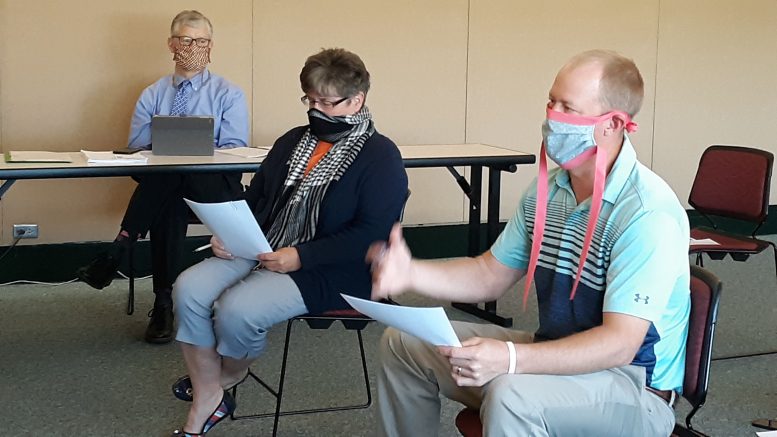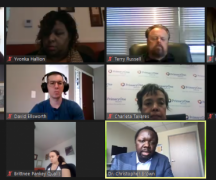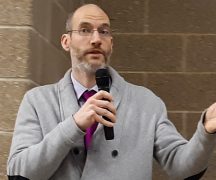By JAN LARSON McLAUGHLIN
BG Independent News
Wood County communities are in line to get more than $4 million in coronavirus relief funding.
Wood County Auditor Matt Oestreich gave the county commissioners a breakdown last week of where the CARES (Coronavirus Aid, Relief and Economic Security Act) money will be going.
Wood County government will get the biggest chunk of $1.3 million. The city of Bowling Green is next, with $744,345.
Every municipality and township will get some of the CARES funding, as long as they sign up to receive the monies.
“They are sending it all out with the assumption that everyone has the need,” Oestreich told the commissioners. “It’s definitely a fairly large figure.”
The money must be used for coronavirus expenses – and not to replenish revenues hit by the virus.
COVID expenses could include the costs of personal protective equipment, safety steps taken to protect the public, and expenses to provide police, fire and EMS services.
“That’s going to be the most significant part,” Oestreich said of the first responder costs incurred.
Wood County Administrator Andrew Kalmar said the county can use the CARES funds to pay for PPE, cleaning supplies, and new computer equipment purchased to allow employees to work from home during the height of the virus. It could also be used to cover the costs of partitions made for several offices by the county maintenance staff.
It is unlikely the county will be able to use its entire $1.3 million allotment, Kalmar said.
Any funds not used by a particular entity will go back into the overall county CARES fund to be split among communities that have expenses greater than their share of funding.
Any money not used has to be returned to the federal government by Dec. 30, Oestreich pointed out.
This initial round of CARES funding is sending out $150 billion in federal funds to state and local governments. A second round of funding may be coming later, Oestreich said.
“We’ll have to see what strings are tied to that money,” he said.





